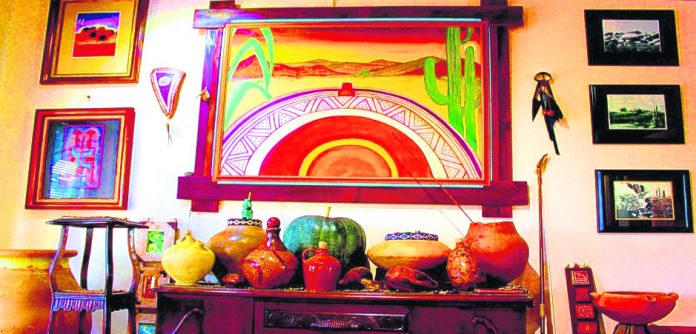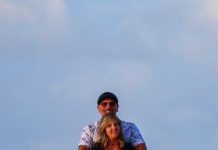Etnia Nativa through Island Insight facilitates cultural awareness, education and safeguards Aruba’s heritage by elevating each reader into an island keeper state of mind. Be encouraged to discover in every episode the true native effect, live it and discover more reasons to love Aruba behind our beaches by liven up your stay in an incredibly wonderful way through this cultural blog.
Our island is a tiny tourist destination with a fragile ecosystem, covering thousands of years of history. Here is where Etnia Nativa’s main objective comes to mind through educating the readers over Aruba’s heritage. We believe in when you love and value what you have; ones greatest desire becomes to protect it.
In this episode we will try to share our perspective and concerns regarding the native heritage of Aruba since during the next week, starting on August 9, the Day of the Indigenous Peoples will be celebrated, an event that recognizes the achievements and contributions of these peoples our predecessors. It is precisely these peoples who and through their ancestral knowledge, guided us to adapt, mitigate and reduce climate risks and environmental disasters.
For indigenous people, the territory is the womb that nuture and gave rise to the existence of their cultures, morality and right to their native identity.
The ancestral way of the territorial ownership is caracterize by the right to the land as a collective property. This sence of responsibility takes care and protect. Practized and enjoyed by our native communities. Arubans are descendants of ancient farmers, fisherman, seafarders who mirated a few thousan years ago from tropical forests of South America, Arawak-speaking peoples who arrived in the continental coastal areas and they populated the islands of the Caribbean Sea. In “our beloved rock” (Episode 153 ) it was the legendary Caquetio tribe who had the first contact with the Castilians.
The territories of this legendary Caquetian tribe covered a geographic area delimited by permanent sacred, social, economic and cultural boudaries and borders that enclosed the of influence and activities of the peoples. Crops of corn, beans, squash, cassava, peanuts as well as vegetables, fruits, cotton and tabaco were common; in addition, they took advantage of the riches of the mangrove forests and the great variety of fish and shellfish.
At that time Aruba was covered with lush flora and general conditions were much more favorable than today. The landscape and topography of the island in many areas offered perfect layouts that formed zones where people could walk for hours under the canopy of Aruba’s mesquite forest, trees that blocked out sunlight, however there were also open grasslands or savannas covered in grass. cacti and xerophytes, while other hilly and rocky or wetlands and salt flats.
For the indigenous, the relationship with their territory is essential and vital for communal existence. Today this responsibility falls on the heirs of these original inhabitants and the promotors at “Etnia Nativa” (Native Ethnicity) by making locals and visitors aware of our unfathomable resources that, without due attention, could be lost forever.
In addition to sharing cultural knowledge Aruba also has a considerable group of indigenous descendants who advocate a cure for the island, grouped in various environmental organizations, NGO`s and Native warriors action group who stands in defense of our fragile ecosystem and our endangered heritage running a sad fate of extinction by overexploitation. It is very important that Aruba recognize and support native identity, preserving it for our future generations.
Cultural awareness, interests and dicipline facilitates sustainable development at its core. The benefits of preserving one`s own culture is essential to keep true history alive. The real identity, the collective memories and the mentality of belonging to the natural world.
If you love Aruba its origins and its cultural heritage, be part of the exclusive visitors of Etnia Nativa: a cozy museum/home.
Etnia Nativa a private residential houses collections of native art, archaeological artifacts and historic furniture, while the facilities themselves are the result of the transformation of recycled materials. Meet Anthony Croes, our columnist at his home! Book your visit Whatsapp + 297 592 2702- or mail: etnianativa03@gmail.com











